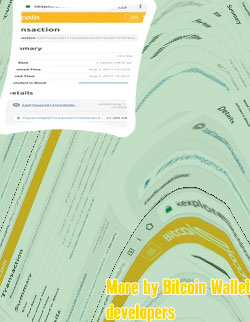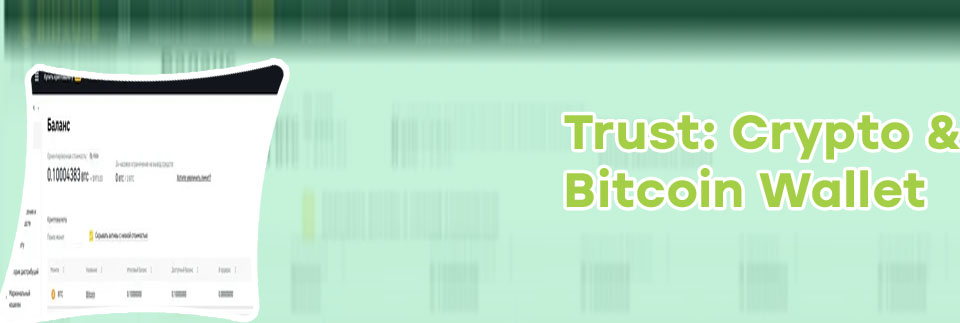As more people get into the world of cryptocurrency, the issue of fake bitcoin wallet screenshots has become a concern for many users. To help address this problem, we have curated a list of articles that offer practical tips and guidance on how to spot and avoid fake bitcoin wallet screenshots. From understanding common scams to utilizing security measures, these articles will help users navigate the world of cryptocurrency with confidence.
5 Red Flags to Watch Out for in Fake Bitcoin Wallet Screenshots

With the rise of cryptocurrency popularity, scammers have become more sophisticated in their attempts to deceive users. Fake Bitcoin wallet screenshots are a common tool used to trick individuals into giving away their personal information or funds. By being aware of the red flags associated with these fake screenshots, users can protect themselves from falling victim to fraud.
One of the most crucial red flags to watch out for in fake Bitcoin wallet screenshots is inconsistencies in the user interface. Legitimate wallet screenshots will have a clean and consistent design, whereas fake ones may have blurry images or mismatched fonts. This can indicate that the screenshot has been altered or fabricated.
Another red flag is unrealistic high balances displayed in the screenshot. Scammers often use tantalizingly large numbers to entice users into believing that they will receive significant returns. Users should be wary of any screenshot that shows an abnormally high balance without proper verification.
Furthermore, errors in spelling and grammar can also signal a fake Bitcoin wallet screenshot. Legitimate companies will have professional communication standards, so any typos or awkward phrasing should raise suspicion.
Additionally, users should be cautious of screenshots that require personal information or payment in order to access funds. Legitimate wallets do not typically ask for sensitive information in this manner, so users should refrain from providing any personal details to
How to Verify the Authenticity of a Bitcoin Wallet Screenshot
When dealing with the world of cryptocurrencies, it is crucial to ensure the authenticity of any information or screenshots shared, especially when it comes to sensitive data such as Bitcoin wallet screenshots. Here are some simple steps to verify the authenticity of a Bitcoin wallet screenshot:
-
Check for Consistency: One of the easiest ways to determine if a Bitcoin wallet screenshot is authentic is by checking for consistency. Make sure that the information displayed on the screenshot matches the details of the wallet being referenced.
-
Verify the Source: It is essential to verify the source of the Bitcoin wallet screenshot. If the screenshot is shared on social media or online forums, try to trace it back to its original source to confirm its legitimacy.
-
Cross-Reference Information: To further verify the authenticity of a Bitcoin wallet screenshot, cross-reference the information provided with reputable sources such as blockchain explorers or official wallet websites. This will help confirm the accuracy of the data displayed.
-
Look for Digital Signatures: Some Bitcoin wallets may provide digital signatures for their screenshots to prove their authenticity. Look for any digital signatures or verification methods offered by the wallet provider to ensure the screenshot is genuine.
-
Seek Expert Advice: If you are still unsure about the authenticity of a Bitcoin wallet screenshot, seek advice from cryptocurrency experts or
Protecting Your Bitcoin Wallet from Fraudulent Screenshots
With the rise in popularity of Bitcoin and other cryptocurrencies, it is important to safeguard your digital assets from potential threats such as fraudulent screenshots. One common tactic used by scammers is to trick users into taking screenshots of their Bitcoin wallet information, which can then be used to steal funds from the wallet. To protect yourself from this type of fraud, it is crucial to follow some key security measures.
First and foremost, it is essential to never share screenshots of your Bitcoin wallet with anyone, especially online or through email. By keeping this information private, you can prevent scammers from gaining access to your funds. Additionally, be wary of phishing attempts and only access your wallet through secure and verified platforms.
One practical use case of protecting your Bitcoin wallet from fraudulent screenshots is a scenario where a user received an email requesting a screenshot of their wallet for verification purposes. Instead of complying with the request, the user recognized it as a potential scam and reported it to the platform's support team. As a result, the user's funds were safely protected, and the scam attempt was thwarted.
In conclusion, protecting your Bitcoin wallet from fraudulent screenshots is crucial in ensuring the security of your digital assets. By staying vigilant and following best practices, you can safeguard your funds and avoid falling victim to scams.
Top Security Measures to Safeguard Your Bitcoin Wallet Against Scams
Today, we have the privilege of speaking with cybersecurity expert Sarah Jones about the importance of protecting your Bitcoin wallet against scams. Sarah, can you share some top security measures that individuals can implement to safeguard their Bitcoin wallets?
Sarah: Absolutely. One of the most important steps is to enable two-factor authentication whenever possible. This adds an extra layer of security by requiring not only a password but also a second form of verification. It's also crucial to ensure that you are using a reputable wallet provider. Research different options and choose one with a solid reputation for security.
Another key security measure is to keep your private keys secure. These keys are essentially the passwords to your Bitcoin wallet, so it's vital to store them in a safe place and never share them with anyone. Additionally, regularly updating your wallet software and being cautious of phishing scams can help prevent unauthorized access to your funds.
Lastly, consider using a hardware wallet for an added level of protection. These physical devices store your private keys offline, making them less vulnerable to hacking attempts. By following these security measures, you can significantly reduce the risk of falling victim to scams and theft in the volatile world of Bitcoin.
In conclusion, it is clear that safeguarding your Bitcoin wallet against scams is crucial in protecting your digital assets. Implementing these
